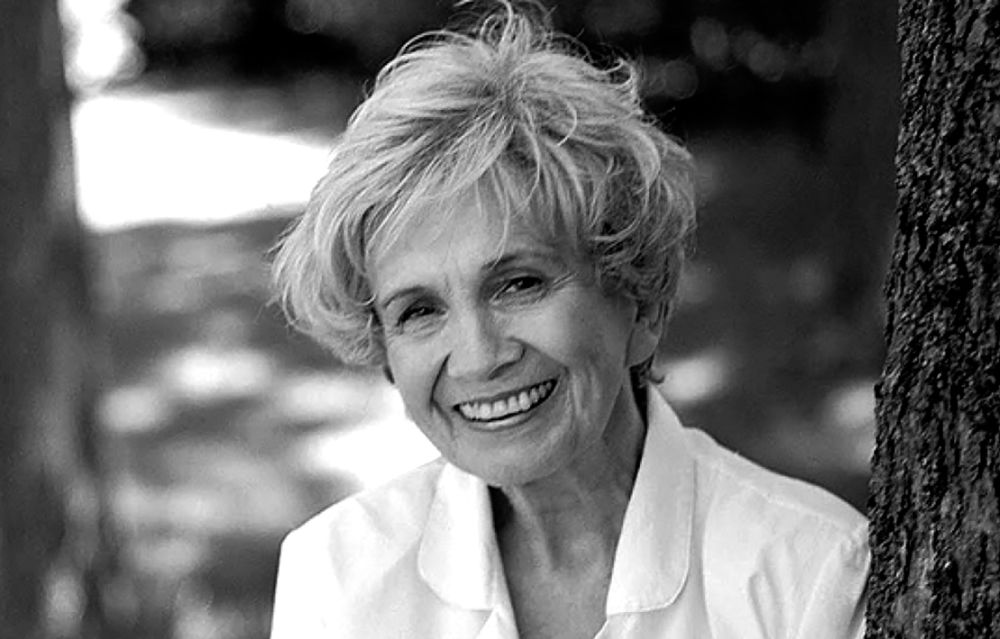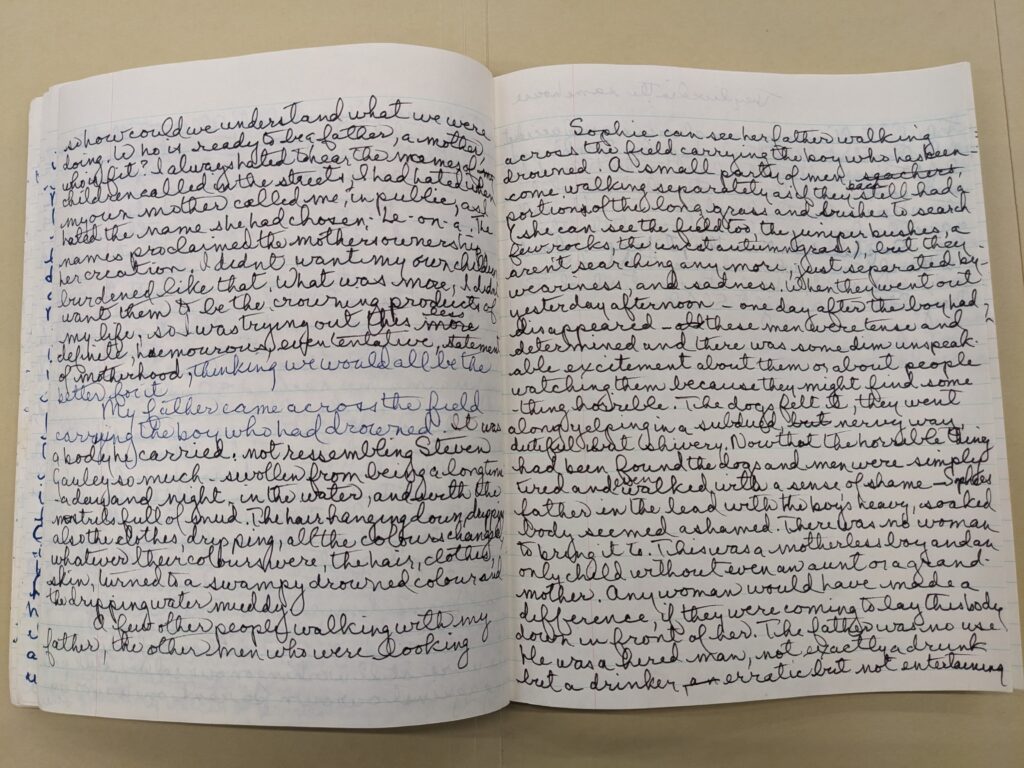Just a few years ago, maternal mortality was the rare reproductive justice issue that seemed to transcend partisan politics. In late 2018, Republicans and Democrats in Congress even came together to approve $60 million for state maternal mortality review committees (MMRCs) to study why so many American women die from causes related to pregnancy and childbirth. Donald Trump—not exactly famous for his respect toward pregnant women and new mothers in his personal life—signed the bill.
But some Republicans’ enthusiasm for these committees began to wane at around the same time abortion rights advocates began warning that draconian restrictions on reproductive care would only push the shamefully high US maternal mortality rate—the worst among affluent countries—even higher. Nor did conservatives, like Idaho lawmakers, appreciate the policy recommendations that came out of many MMRCs.
Texas, whose record on maternal mortality (and maternal health more broadly) has been an embarrassment since long before Dobbs, has a history of controversial attempts to play down potentially unwelcome findings from its MMRC. After the Dobbs decision, when the state committee was working on its report examining maternal deaths in 2019, Texas officials decided to slow-roll its release until mid-2023—too late for lawmakers to act on its recommendations. “When we bury data, we are dishonorably burying each and every woman that we lost,” one furious committee member told the Texas Tribune. Ultimately, officials released the report three months late, in December 2022. Soon afterward, the Legislature reconfigured the MMRC, increasing its size—but also ejected one of its most outspoken members.
Now Texas officials have stirred up the biggest furor yet, appointing a leading anti-abortion activist to the panel. Dr. Ingrid Skop, an OB-GYN who practiced in San Antonio for 25 years, will join the MMRC as a community member representing rural areas (even though she is from the seventh-largest city in the US). But she also represents a largely overlooked segment of the anti-abortion movement: researchers who seek to discredit the idea that abortion restrictions are putting women’s lives in danger. To the contrary, Skop and her allies argue that abortions are the real, hidden cause of many maternal deaths—and that abortion restrictions actually save mothers’ lives.
Copyright
© Mother Jones







